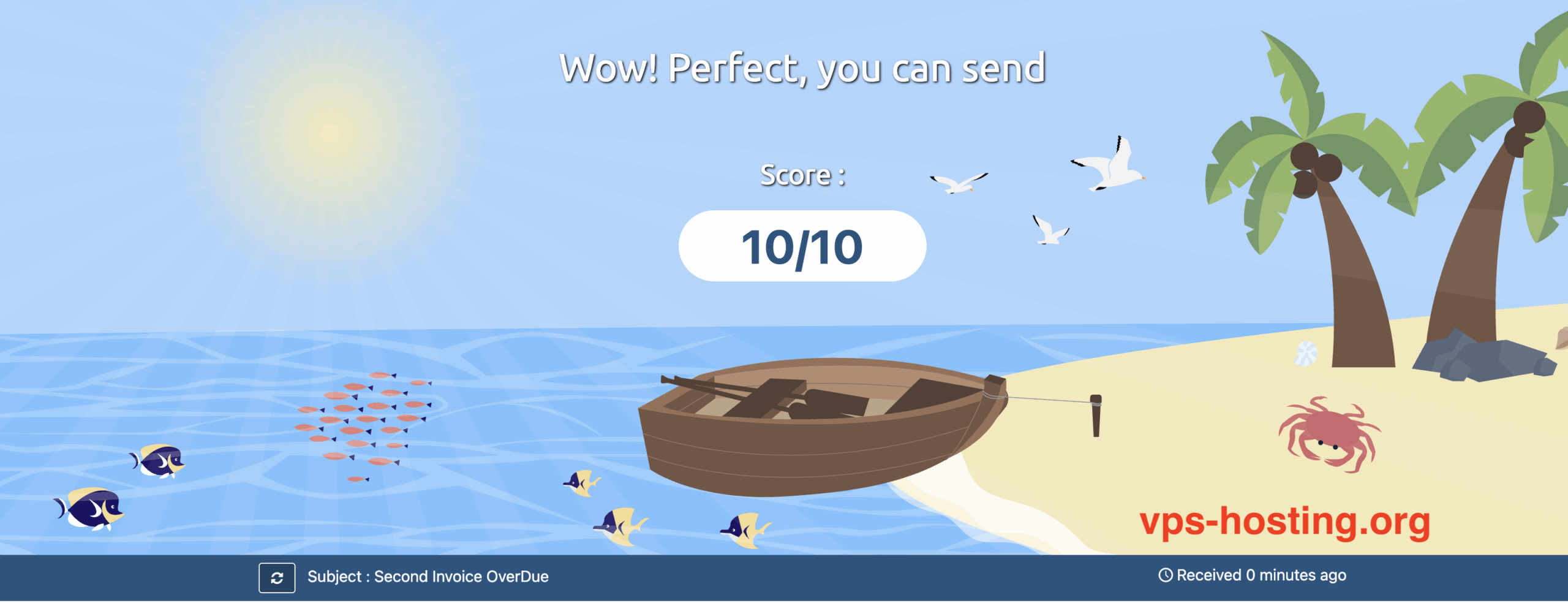Email doesn’t just magically show up in your inbox. Behind the scenes, there’s a system doing the heavy lifting—and at the center of it is the SMTP server. Whether you’re running a business, sending transactional emails, or just trying to fix that one email that never gets delivered, understanding SMTP is non-negotiable.

Here’s what I’ll cover:
- What SMTP actually is
- How it works behind the scenes
- The real benefits of using it
- How to set it up (correctly)
- Recommended SMTP providers
- Quick troubleshooting if things break
What Is an SMTP Server?
SMTP stands for Simple Mail Transfer Protocol. It’s how email gets sent from point A to point B. Think of it like a post office that only deals with outgoing mail. Your SMTP server is what pushes that email out into the world.
What it does:
- Sends email from your app or client (Gmail, Outlook, etc.)
- Relays it to the recipient’s mail server
- Handles bounce backs and errors
- Confirms sender identity (important for not being marked as spam)
How SMTP Works
- Email Submission – Your email client connects to the SMTP server
- Handshake – The server authenticates the sender
- Relay – The email is forwarded to the recipient’s server
- Delivery – The recipient gets the email through IMAP/POP3
That’s it. Fast, efficient, and mostly invisible unless something goes wrong.
Why Use a Proper SMTP Server?
Because default email delivery sucks. Here’s why you want SMTP set up properly:
✅ Better Deliverability – Less spam folder, more inbox.
✅ Secure Sending – SSL/TLS encryption keeps things private.
✅ Bulk Ready – Send thousands of emails without blacklisting yourself.
✅ More Control – Know where your email is going, when, and why.
SMTP Server Settings – What You’ll Need
To connect to any SMTP server, you need four things:
- SMTP Server Address (like
smtp.sendgrid.netorsmtp.gmail.com) - Port – usually
587for TLS,465for SSL, or25(not ideal) - Username & Password – usually your email credentials
- Encryption Type – SSL or TLS (always use one)
Popular SMTP Server ports:
25– Used for server-to-server; often blocked465– Older SSL (some providers still use it)587– Recommended and secure for most setups
Top SMTP Providers (Tried & Tested)
You can roll your own SMTP with Postfix or Exim, but if you’re sending volume or need high reliability, use a provider.
Recommended:
- SendGrid – Great for apps and transactional email
- Mailgun – Dev-friendly, supports webhooks + API
- Amazon SES – Dirt cheap, but setup is more technical
- Postmark – Good deliverability and simple UI
- SMTP2GO – Beginner-friendly and includes monitoring
SMTP Troubleshooting – Quick Fixes
- ❌ Auth Error – Double-check login details
- ❌ Timeout – Check firewall or wrong port
- ❌ Spam Issues – Avoid bad domains, use SPF/DKIM
- ❌ Port Blocked – Try switching to
587
FAQs
Q: What’s the difference between SMTP and IMAP?
A: SMTP sends. IMAP receives. They’re two sides of email.
Q: Can I use Gmail’s SMTP for sending bulk emails?
A: Yes, but limits apply (500/day for free accounts).
Q: How do I find my SMTP server address?
A: Check your provider’s docs (e.g., smtp.office365.com for Outlook).
Q: Is SMTP secure?
A: Yes—if you’re using TLS or SSL.
Q: What’s SMTP relay?
A: When an SMTP server forwards your mail to another mail server.
Final Thoughts
If your emails aren’t getting through, 9 out of 10 times it’s an SMTP problem. Use a proper provider, configure it correctly, and you’ll save yourself hours of headache.

